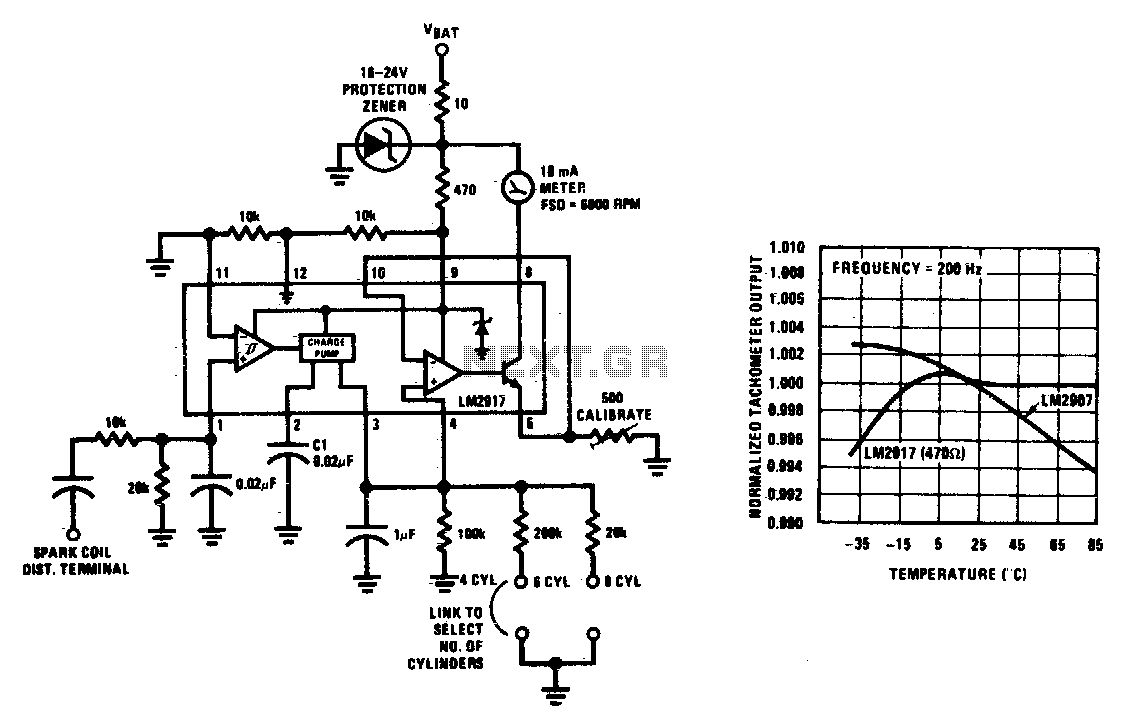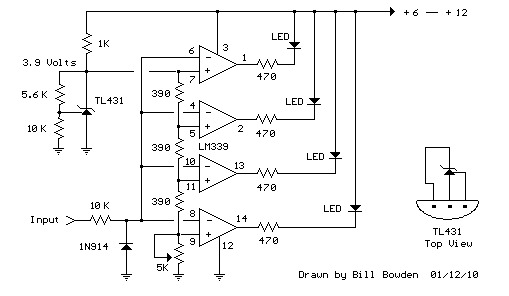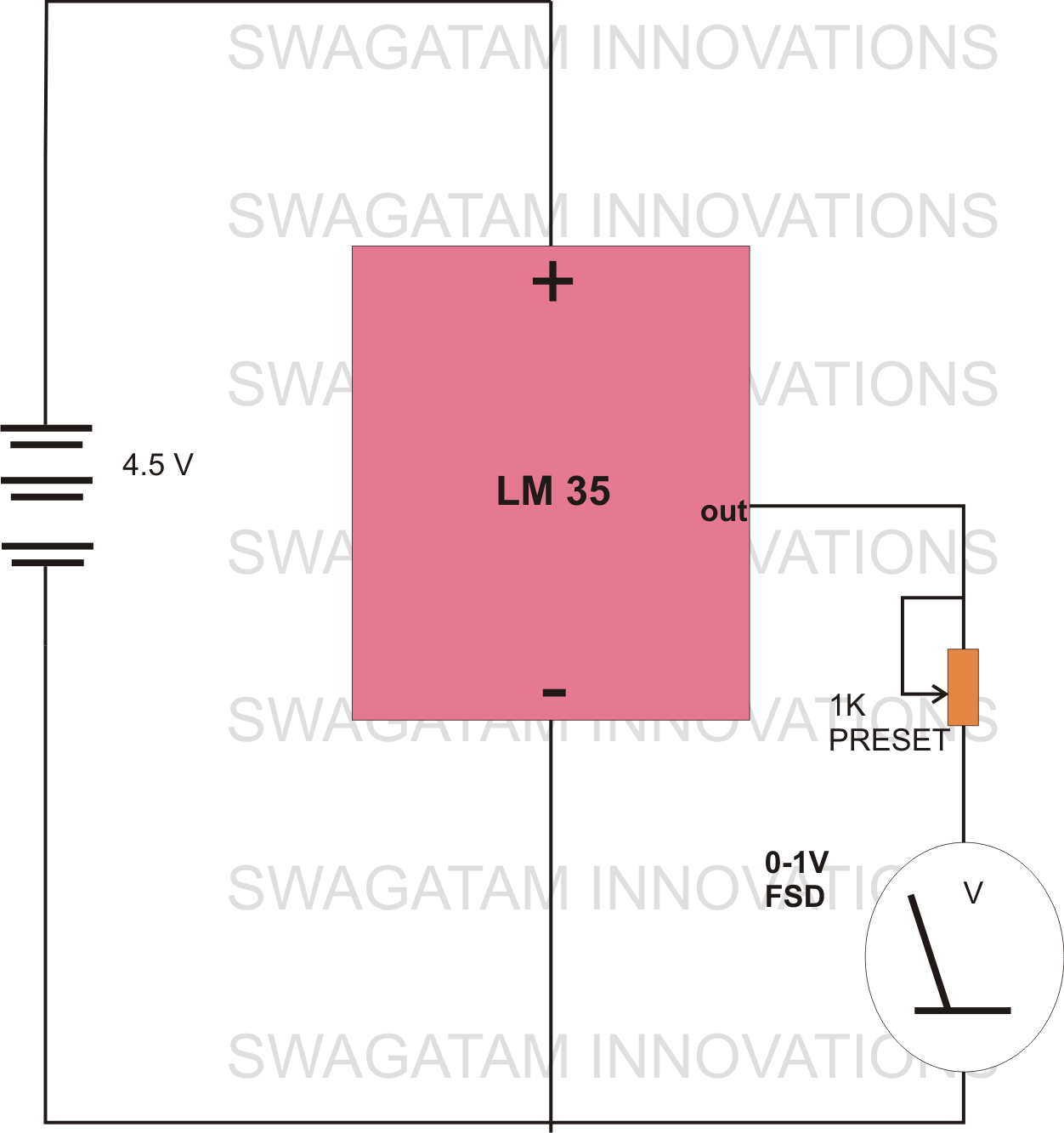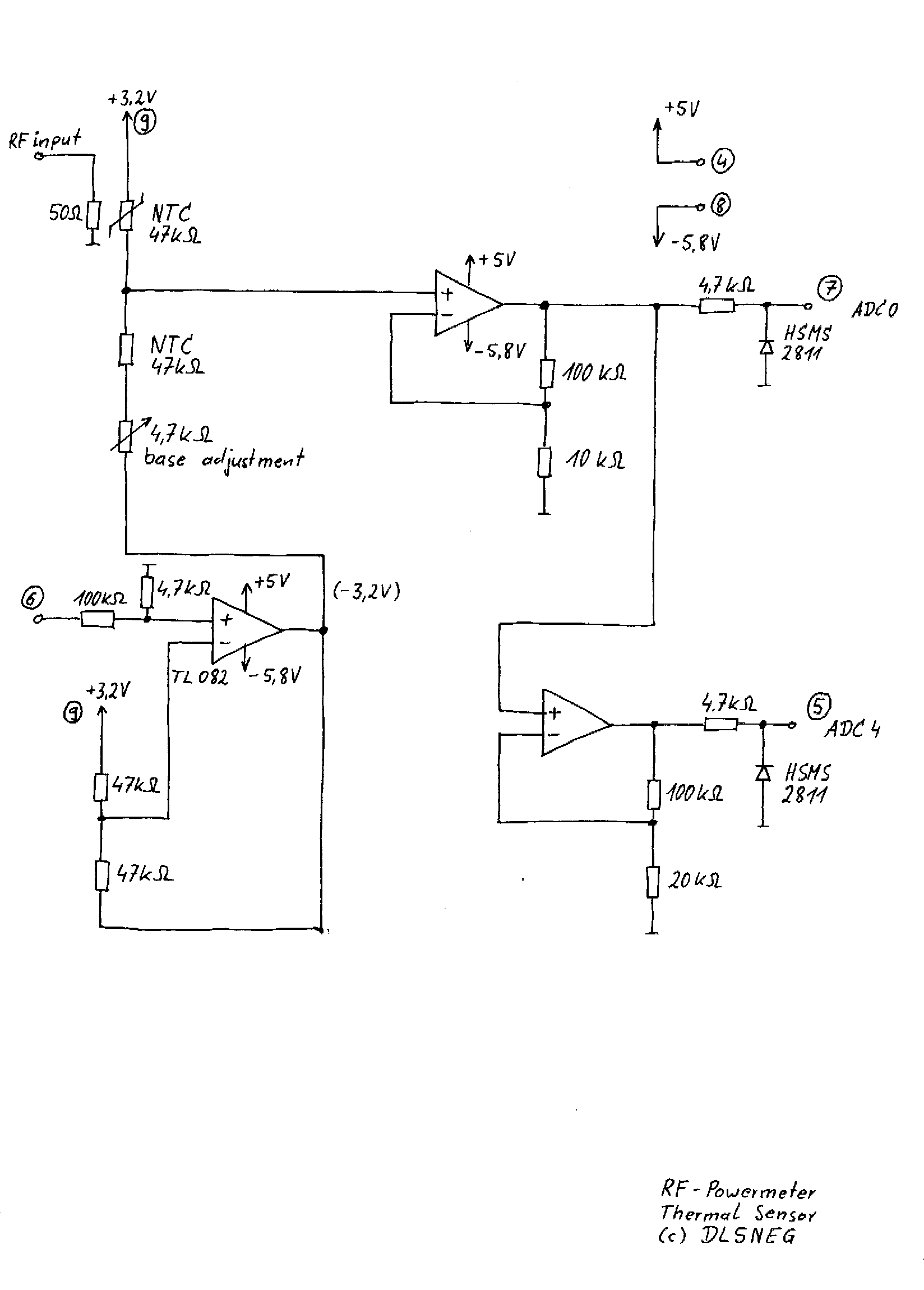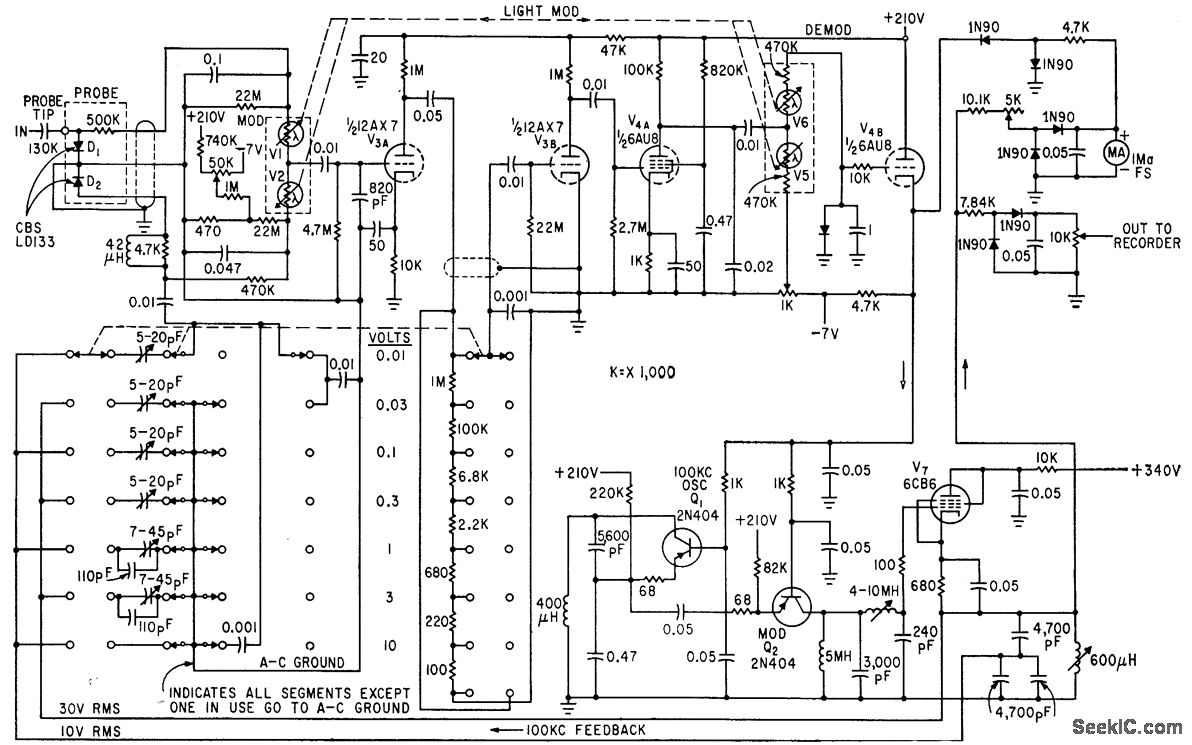
Stereo VU Meter
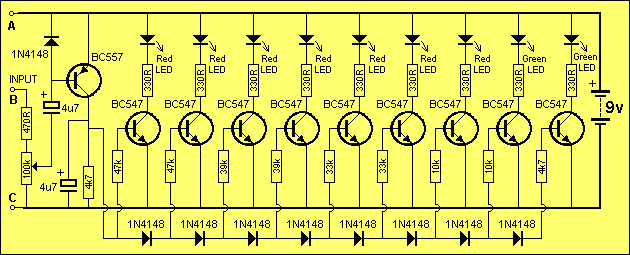
This is it. It's a STEREO LED LEVEL METER. It's the cheapest and best bar graph display available and best of all, it uses readily available components. You only need a handful of LEDs, 22 transistors, some resistors, diodes, and a set of electros - it doesn't require any chips. More: You may be wondering why we didn't choose the LM 3914 or LM 3915 bar-graph LED driver chips. The reason is simple. We learnt our lesson from our Mini Frequency Counter Book. In it we used a relatively novel chip, the CD 4026. And after releasing 10,0
The STEREO LED LEVEL METER is designed to provide a visual representation of audio signal levels in a stereo configuration. The circuit utilizes a series of light-emitting diodes (LEDs) arranged in a bar graph format to indicate the amplitude of audio signals. The simplicity of the design allows for the use of common electronic components, making it cost-effective and accessible for hobbyists and engineers alike.
The core of the circuit consists of 22 transistors that serve as signal amplifiers and switches for the LEDs. Each transistor is responsible for controlling the activation of specific LEDs based on the input audio level. The transistors are arranged in a manner that allows for a smooth transition of LED illumination, creating a visually appealing level meter.
Resistors and diodes are incorporated into the circuit to manage current flow and protect components from voltage spikes. The use of electrolytic capacitors ensures stable power supply and signal smoothing, which is crucial for accurate level representation. The absence of integrated circuit chips, such as the LM 3914 or LM 3915, is a deliberate design choice aimed at enhancing reliability and minimizing dependency on specific components that may be less accessible.
In operation, the STEREO LED LEVEL METER receives audio signals through its input terminals. The audio signal is then processed by the transistors, which respond to the varying signal levels. As the audio level increases, more LEDs are illuminated, providing a clear and immediate visual indication of the signal strength. This feature is particularly useful in audio mixing and monitoring applications, where precise level assessment is essential.
Overall, the STEREO LED LEVEL METER stands out for its straightforward construction and effectiveness in displaying audio levels, making it an excellent project for those interested in electronics and audio technology.This is it. It`s a STEREO LED LEVEL METER. It`s the cheapest and best bar graph display available and best of all, it uses readily available components. You only need a handful of LEDs, 22 transistors, some resistors, diodes and a set of electros - it doesn`t require any chips.
You may be wondering why we didn`t choose the LM 3914 or LM 3915 bar-graph LED driver chips. The reason is simple. We learnt our lesson from our Mini Frequency Counter Book. In it we used a relatively novel chip, the CD 4026. And after releasing 10,0 🔗 External reference
The STEREO LED LEVEL METER is designed to provide a visual representation of audio signal levels in a stereo configuration. The circuit utilizes a series of light-emitting diodes (LEDs) arranged in a bar graph format to indicate the amplitude of audio signals. The simplicity of the design allows for the use of common electronic components, making it cost-effective and accessible for hobbyists and engineers alike.
The core of the circuit consists of 22 transistors that serve as signal amplifiers and switches for the LEDs. Each transistor is responsible for controlling the activation of specific LEDs based on the input audio level. The transistors are arranged in a manner that allows for a smooth transition of LED illumination, creating a visually appealing level meter.
Resistors and diodes are incorporated into the circuit to manage current flow and protect components from voltage spikes. The use of electrolytic capacitors ensures stable power supply and signal smoothing, which is crucial for accurate level representation. The absence of integrated circuit chips, such as the LM 3914 or LM 3915, is a deliberate design choice aimed at enhancing reliability and minimizing dependency on specific components that may be less accessible.
In operation, the STEREO LED LEVEL METER receives audio signals through its input terminals. The audio signal is then processed by the transistors, which respond to the varying signal levels. As the audio level increases, more LEDs are illuminated, providing a clear and immediate visual indication of the signal strength. This feature is particularly useful in audio mixing and monitoring applications, where precise level assessment is essential.
Overall, the STEREO LED LEVEL METER stands out for its straightforward construction and effectiveness in displaying audio levels, making it an excellent project for those interested in electronics and audio technology.This is it. It`s a STEREO LED LEVEL METER. It`s the cheapest and best bar graph display available and best of all, it uses readily available components. You only need a handful of LEDs, 22 transistors, some resistors, diodes and a set of electros - it doesn`t require any chips.
You may be wondering why we didn`t choose the LM 3914 or LM 3915 bar-graph LED driver chips. The reason is simple. We learnt our lesson from our Mini Frequency Counter Book. In it we used a relatively novel chip, the CD 4026. And after releasing 10,0 🔗 External reference
